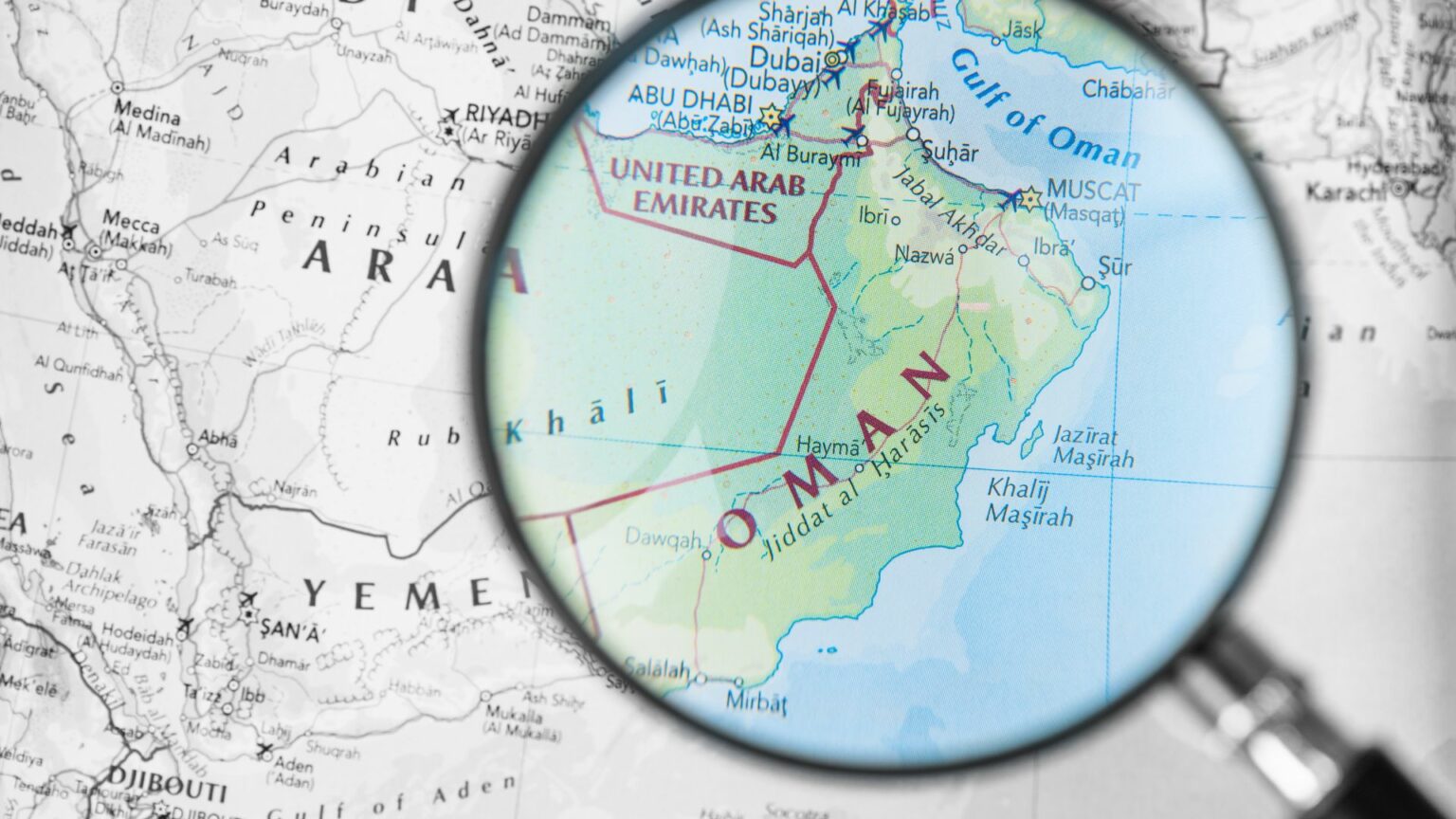Shell has selected KBR’s ammonia synthesis loop technology for its Blue Horizons low-carbon hydrogen and ammonia project in Duqm, Oman.
This partnership aims to advance Oman’s Vision 2040 targets and its ambitious hydrogen production goals.
KBR’s licensed proprietary engineering design will be integral to the 3,000 metric tons per day ammonia plant. This facility will utilize hydrogen produced by Shell’s blue hydrogen technology. Blue hydrogen, derived from natural gas with carbon capture and storage (CCS), is positioned as a transitional technology towards green hydrogen, which is produced using renewable energy sources.
The cost-competitiveness and low carbon intensity of KBR’s blue ammonia technology are key selling points. However, it is crucial to compare these attributes with industry benchmarks. Blue hydrogen, while less carbon-intensive than conventional methods, still relies on fossil fuels and associated CCS technologies that have varying efficacy and scalability across different projects.
Oman’s commitment to achieving net zero emissions by 2050 includes ambitious targets for hydrogen production: at least 1 million tonnes of renewable hydrogen annually by 2030, 3.75 million tonnes by 2040, and 8.5 million tonnes by 2050. These targets place Oman on a trajectory to become a major player in the global hydrogen market.
The collaboration between Shell and KBR is a strategic move aligned with Oman’s Vision 2040, which emphasizes economic diversification and sustainability. However, the success of this initiative hinges on several factors, including technological performance, economic viability, and regulatory support.
To critically assess Shell’s Blue Horizons project, it is essential to compare it with similar initiatives globally. For instance, green hydrogen projects, which utilize electrolysis powered by renewable energy, are generally viewed as the gold standard for sustainable hydrogen production. Projects in Europe, such as the NortH2 consortium in the Netherlands, aim to produce hydrogen exclusively from renewable sources, setting a higher benchmark for sustainability.
In contrast, blue hydrogen projects like Shell’s are considered intermediate solutions that reduce emissions compared to traditional methods but do not eliminate fossil fuel dependency. The long-term viability of blue hydrogen is debated, with critics pointing out that it may delay the transition to truly green solutions.
Oman’s hydrogen strategy, supported by projects like Blue Horizons, positions the country as a significant future exporter of hydrogen. The strategic location and natural resources of Oman provide a competitive advantage. However, global market dynamics and technological advancements will play crucial roles in determining the project’s success.
KBR’s additional involvement in Kuwait, developing a master plan for 17 GW of renewables and 25 GW of green hydrogen by 2050, highlights the regional push towards large-scale renewable energy integration. These initiatives collectively indicate a broader Middle Eastern commitment to transitioning from fossil fuels to sustainable energy sources.

